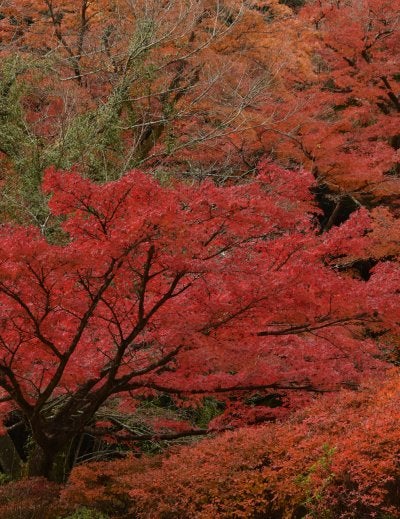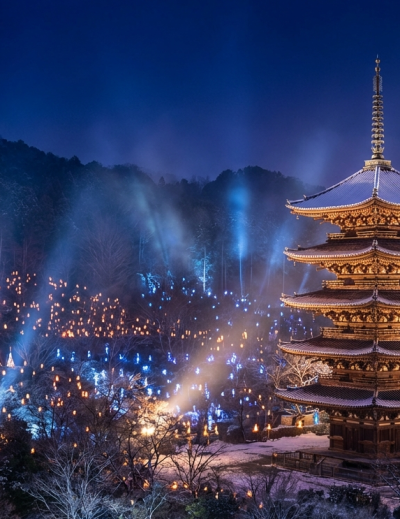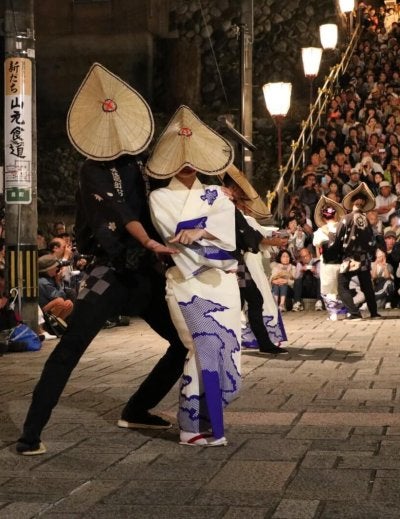
Kyoto in November: Culture, Colour and Seasonal Elegance
Kyoto’s geography makes it a natural stage for autumn. Hills surround the basin and hold cool air, rivers cut clear lines through neighbourhoods and temple gardens collect maples and ginkgoes in tight compositions. The result is a city where colour arrives in layers through November, and cultural events sync with that shift.
The most reliable pattern sees early hints at higher ground in late October, broad colour across the city in the second and third weeks of November, and lingering tones into early December. Key viewing places include Eikando, known for maples around a reflective pond, Tofuku-ji with its famous valley of trees seen from covered bridges, and Kiyomizu-dera where terraces project into a sea of red and gold. Many sites open in the evening for illuminations that turn water surfaces into mirrors and make trunks and branch patterns part of the composition.
On 10 November 2025, the Arashiyama Momiji Festival takes place along the Oi River in western Kyoto. Boats carry musicians and dancers in Heian style dress, and the performances echo courtly outings that once celebrated seasonal change. The setting includes the sweeping line of Togetsukyo Bridge, mountain slopes and riverside paths that are comfortable to walk even with steady attendance.
Another thread runs through the first ten days of the month. The Gion Odori, presented by the Gion Higashi district, stages an annual programme at the Gion Kaikan Theatre from 1 to 10 November 2025. The show features geiko and maiko in carefully paced dances with live shamisen and flute, and it offers an intimate look at performance traditions that require years of training. The venue sits a short walk from Yasaka Shrine and the stone lanes that lead toward Kiyomizu-dera, so a theatre visit fits easily into an afternoon of temple light-ups.
Food shifts with the season as well. November menus highlight new rice, matsutake mushrooms, persimmons and Kyoto vegetables. Sweets shops prepare fresh yatsuhashi and chestnut confections. The balance of clear days and cool evenings also suits walking routes such as the Philosopher’s Path, where canal reflections double the maples overhead.
Practical planning helps. Kyoto is busy through the middle of November, so seats on popular limited express trains and central hotels should be booked ahead. Many temples control entry by timed tickets at night. Lines move steadily, though patience is useful. The payoff is strong. In a city that layers ritual on landscape, November shows Kyoto at the pace and scale that made it a cultural model for centuries.



